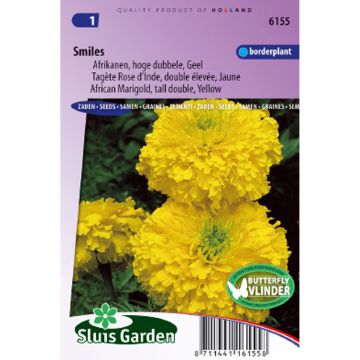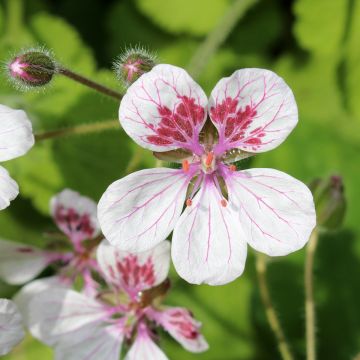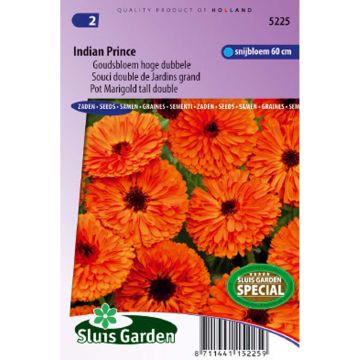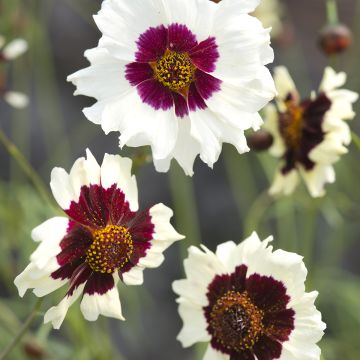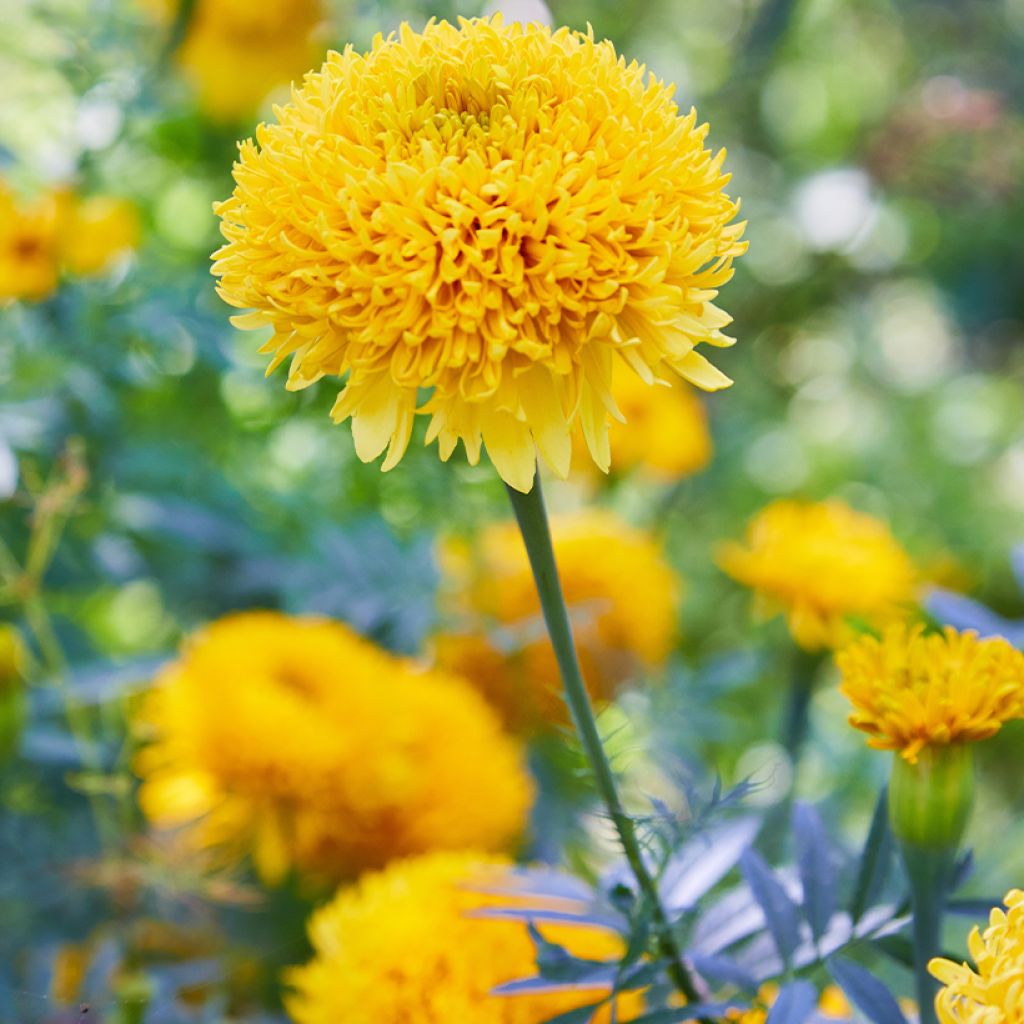

Marigold Mission Giant Yellow - Tagetes erecta seeds
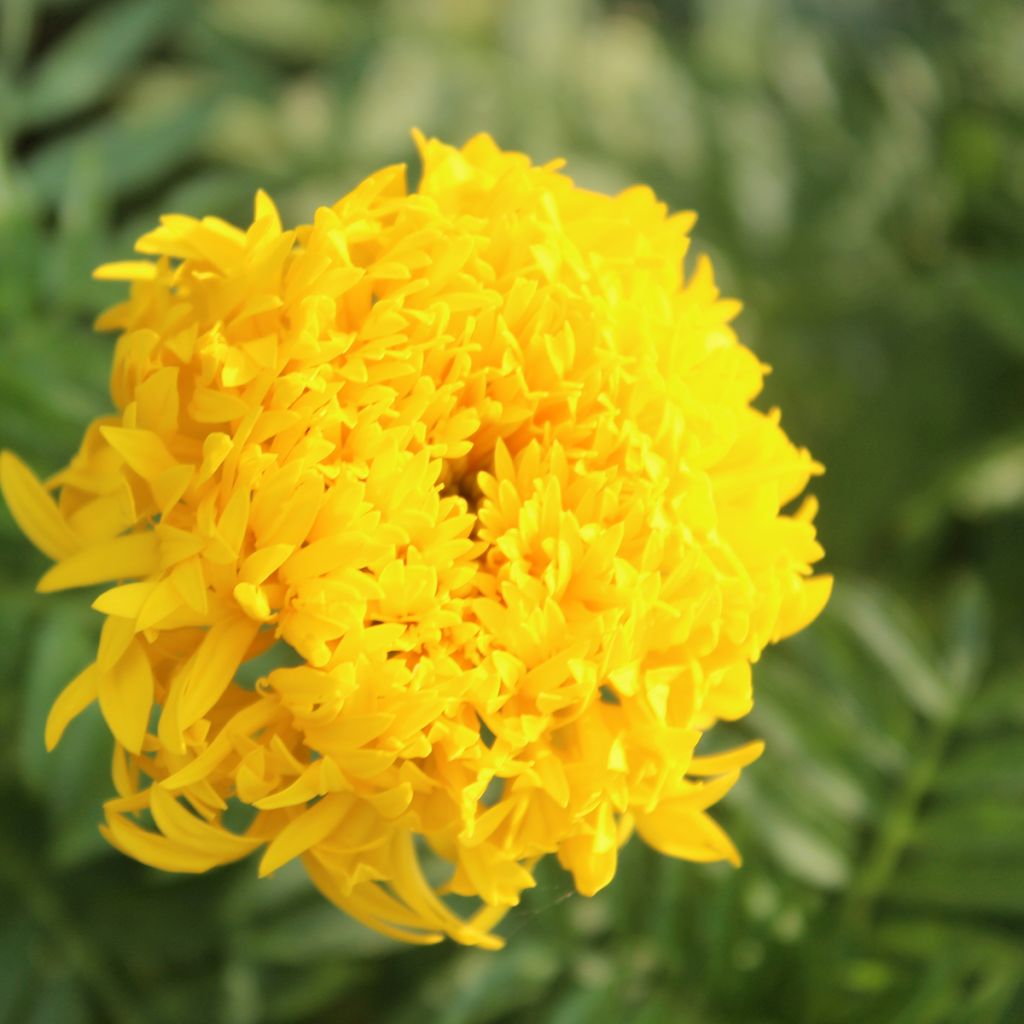

Marigold Mission Giant Yellow - Tagetes erecta seeds
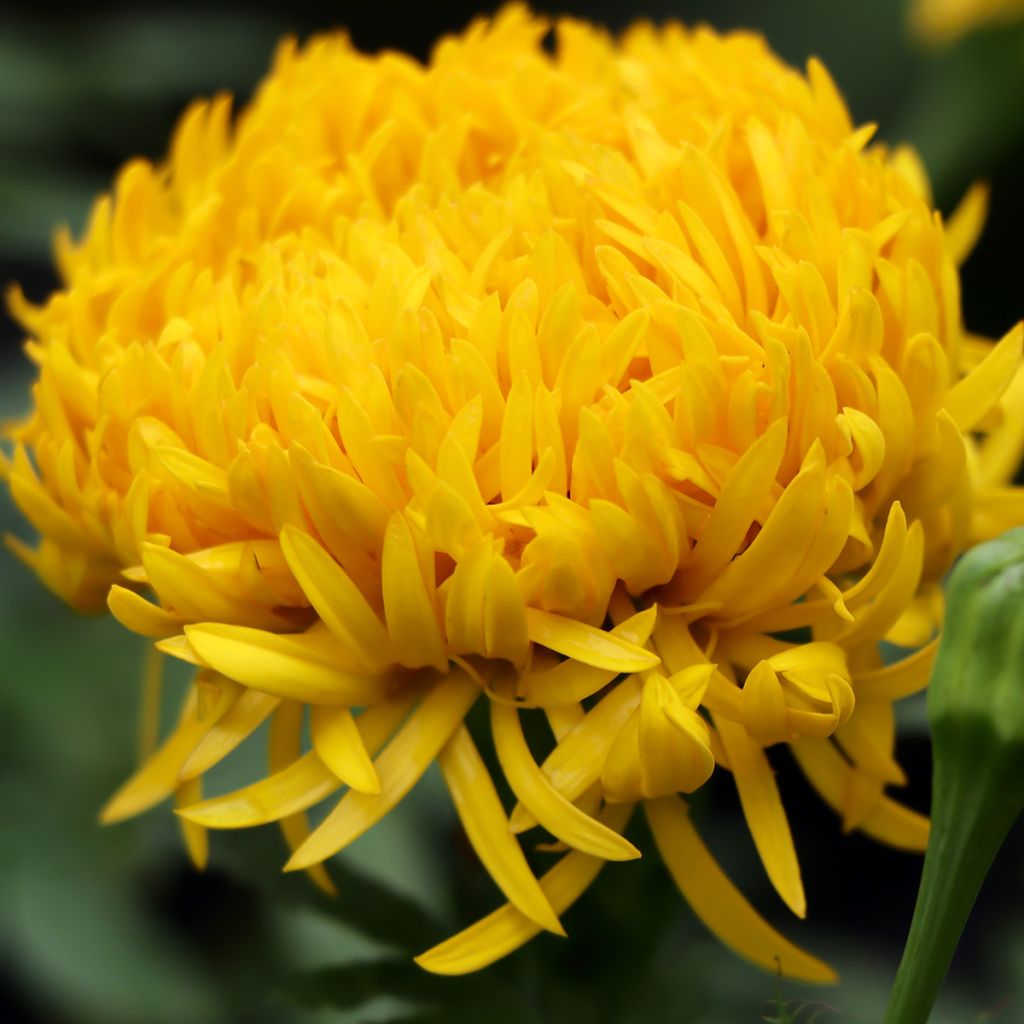

Marigold Mission Giant Yellow - Tagetes erecta seeds
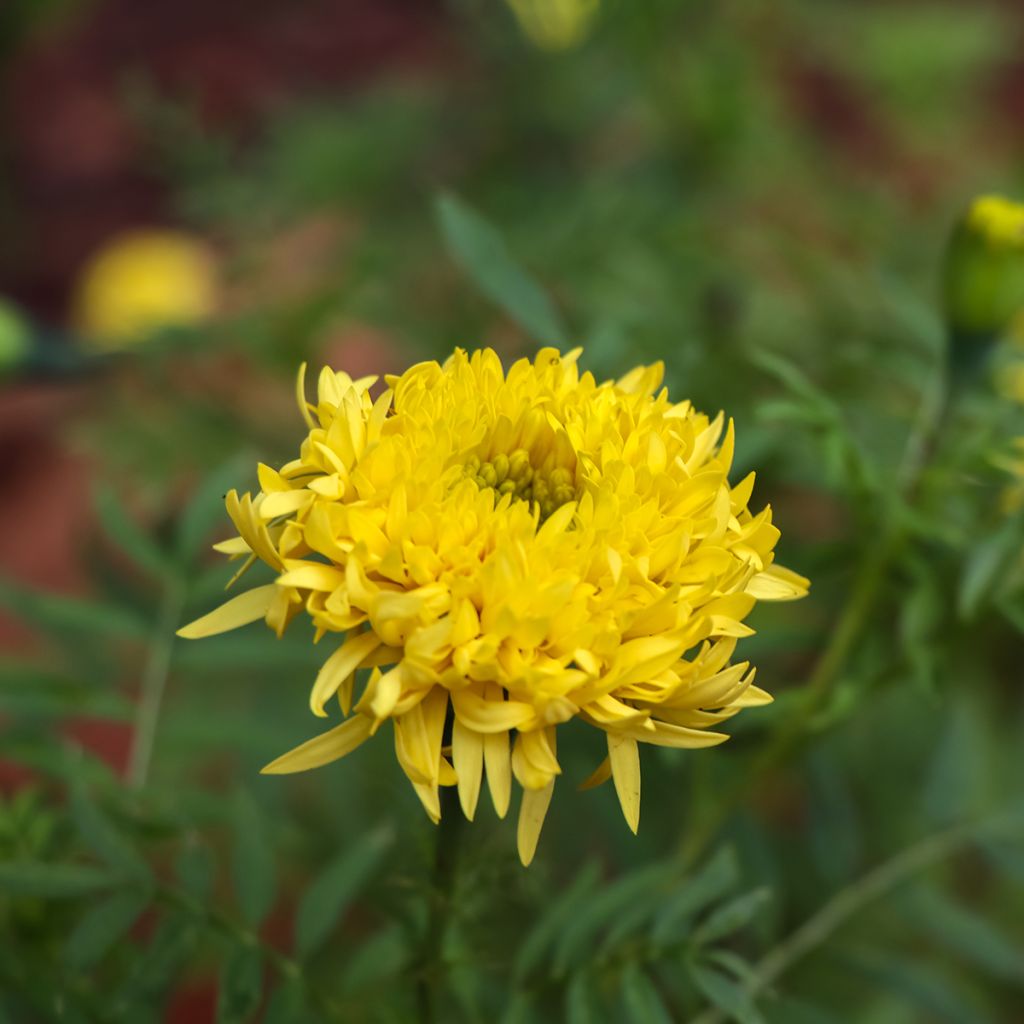

Marigold Mission Giant Yellow - Tagetes erecta seeds
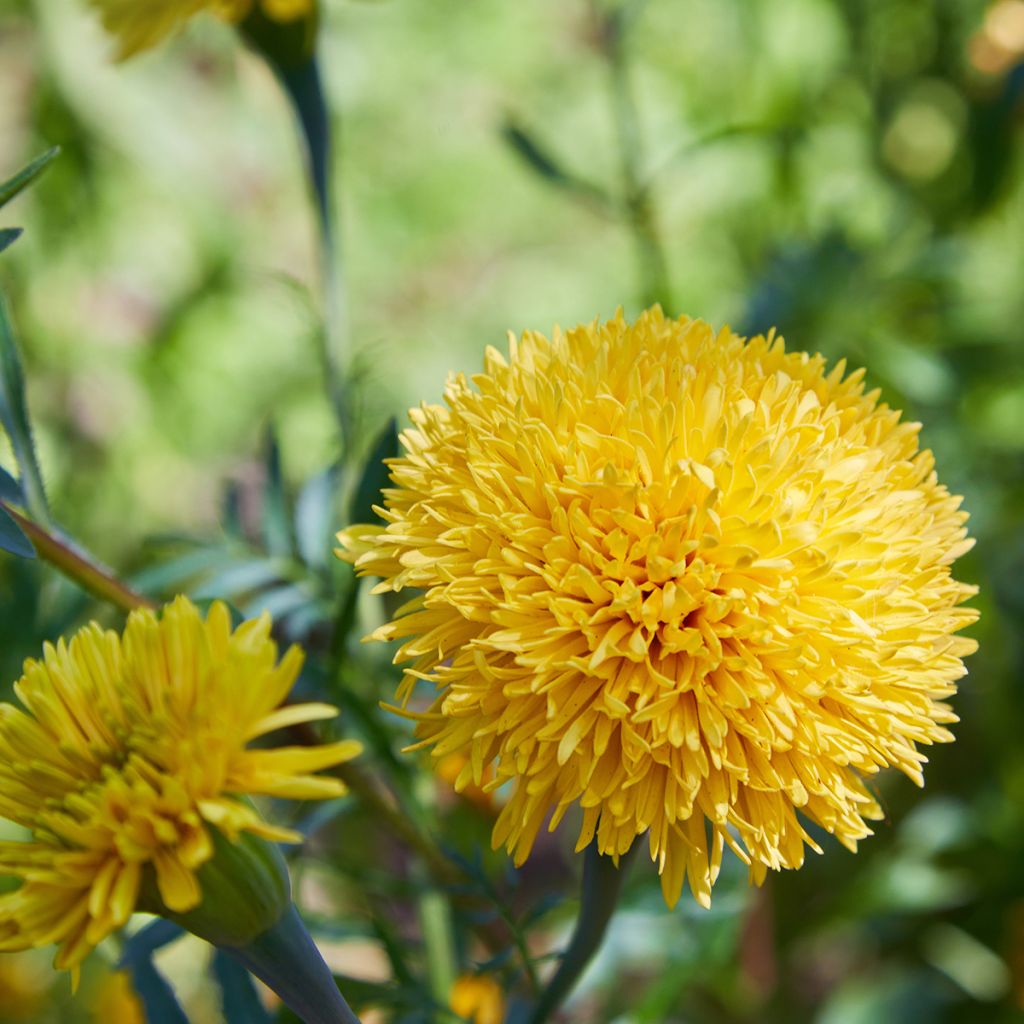

Marigold Mission Giant Yellow - Tagetes erecta seeds
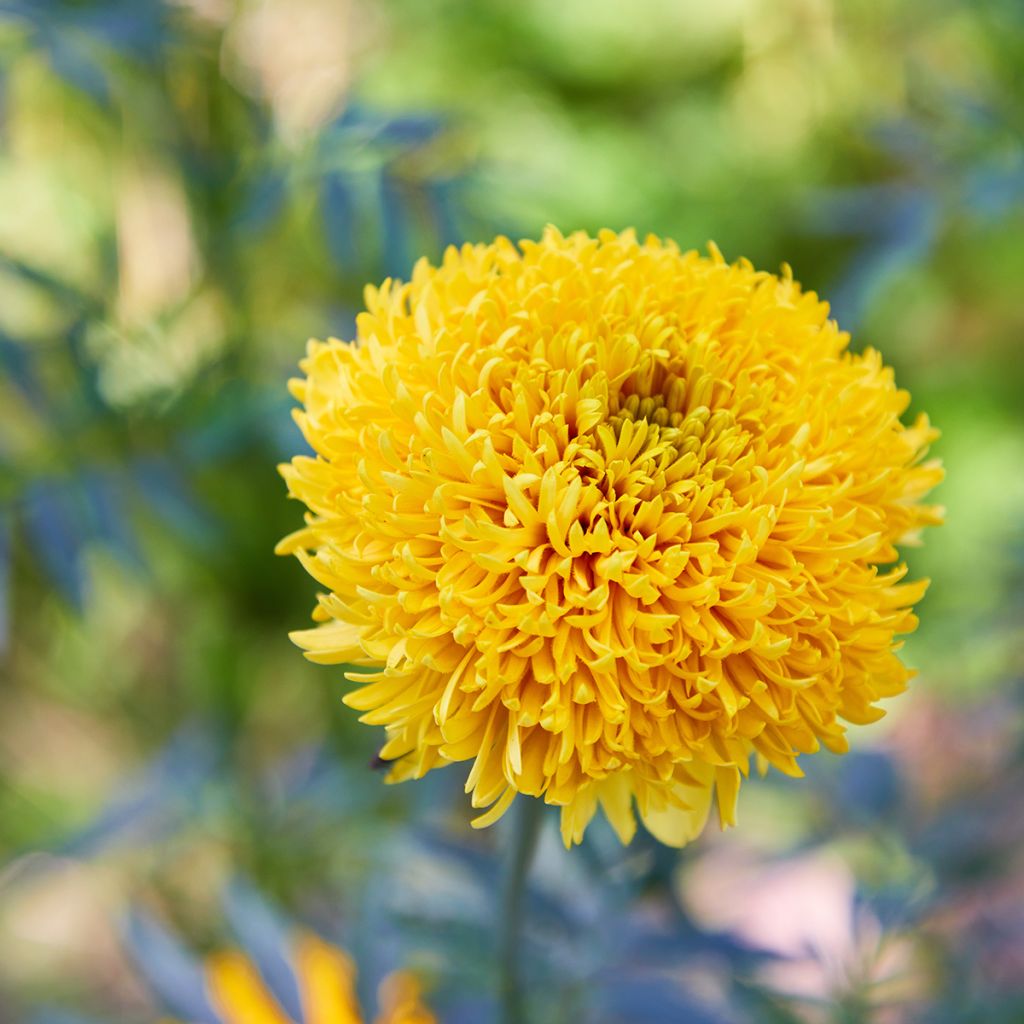

Marigold Mission Giant Yellow - Tagetes erecta seeds
Marigold Mission Giant Yellow - Tagetes erecta seeds
Tagetes Mission Giant Yellow
Marigold, African Marigold, French Marigold, Mexican Marigold
Special offer!
Receive a €20 voucher for any order over €90 (excluding delivery costs, credit notes, and plastic-free options)!
1- Add your favorite plants to your cart.
2- Once you have reached €90, confirm your order (you can even choose the delivery date!).
3- As soon as your order is shipped, you will receive an email containing your voucher code, valid for 3 months (90 days).
Your voucher is unique and can only be used once, for any order with a minimum value of €20, excluding delivery costs.
Can be combined with other current offers, non-divisible and non-refundable.
Why not try an alternative variety in stock?
View all →This plant carries a 6 months recovery warranty
More information
We guarantee the quality of our plants for a full growing cycle, and will replace at our expense any plant that fails to recover under normal climatic and planting conditions.
Would this plant suit my garden?
Set up your Plantfit profile →
Description
Marigold or Tagetes 'Mission Giant Yellow' is a tall selection, with chrysanthemum-like flowers in a beautiful lemon yellow. It forms harmonious clumps, with a sturdy habit and intricate flowers. These superb, very floriferous annuals structure borders and highlight flower beds throughout the summer with their bright colour, before forming sunny bouquets in the house.
Tagetes erecta, better known as Marigold, is a plant from the asteraceae family native to Mexico, Central America, and the western part of South America. This perennial species, although frost-sensitive, has given rise to numerous varieties and hybrids, among which is the tall and floriferous 'Mission Giant Yellow'. This annual plant quickly forms compact clumps that reach 70 cm in height and 60 cm in width, covered with finely cut, pinnate, dark green foliage rich in essential oils, which is distinguished by its particular fragrance. Its flowering is magnificent: its lemon-yellow double flower heads measure 8 cm in diameter. The beautifully fringed ligules give the flower a unique charm.
Marigolds are star plants in summer flower beds. Their long-lasting fresh colour allows for endless uses, as edging along a path or highlighting summer or autumn flower beds. Plant them with annual and perennial plants that love the sun, such as lavender, sage, cosmos, daylilies, coreopsis, and nasturtiums.
The scent of marigold foliage and the substances secreted by their roots repel certain pests harmful to crops, which is why these plants are often planted in the middle of vegetable gardens. Marigold extract is used to produce a food colouring called zeaxanthin or E151h, a natural pigment safe for human consumption.
Report an error about the product description
Flowering
Foliage
Plant habit
Botanical data
Tagetes
Mission Giant Yellow
Asteraceae
Marigold, African Marigold, French Marigold, Mexican Marigold
Cultivar or hybrid
Other African Marigold seeds
View all →Planting and care
Sowing:
Sow from February to April.
Sow on the surface of moist and well-drained seed compost. Cover the seeds with a very thin layer of vermiculite or compost. Put the seedlings in a mini greenhouse or enclose them in a polythene bag at a constant temperature of 20 to 25° until germination, which usually takes 7 to 21 days. Do not deprive them of light, as this promotes germination.
When the young plants are developed enough to be handled, transplant them into a tray or 8 cm pots. Acclimate them to cooler conditions for 10 to 15 days before planting them outside at a distance of 15 - 20 cm and as soon as there is no longer any risk of frost.
Cultivation:
These fast-growing plants thrive in sunny and warm locations. Plant them in fertile, well-drained, light soil. They are quite resistant to drought. Avoid excessive watering in summer, as this promotes the development of fungal diseases and root rot. Regularly remove faded flowers to prolong flowering. Protect the plants from slugs and snails, which are fond of them. Tagetes cannot tolerate frost.
Sowing period
Intended location
Planting & care advice
This item has not been reviewed yet - be the first to leave a review about it.
Similar products
Haven't found what you were looking for?
Hardiness is the lowest winter temperature a plant can endure without suffering serious damage or even dying. However, hardiness is affected by location (a sheltered area, such as a patio), protection (winter cover) and soil type (hardiness is improved by well-drained soil).

Photo Sharing Terms & Conditions
In order to encourage gardeners to interact and share their experiences, Promesse de fleurs offers various media enabling content to be uploaded onto its Site - in particular via the ‘Photo sharing’ module.
The User agrees to refrain from:
- Posting any content that is illegal, prejudicial, insulting, racist, inciteful to hatred, revisionist, contrary to public decency, that infringes on privacy or on the privacy rights of third parties, in particular the publicity rights of persons and goods, intellectual property rights, or the right to privacy.
- Submitting content on behalf of a third party;
- Impersonate the identity of a third party and/or publish any personal information about a third party;
In general, the User undertakes to refrain from any unethical behaviour.
All Content (in particular text, comments, files, images, photos, videos, creative works, etc.), which may be subject to property or intellectual property rights, image or other private rights, shall remain the property of the User, subject to the limited rights granted by the terms of the licence granted by Promesse de fleurs as stated below. Users are at liberty to publish or not to publish such Content on the Site, notably via the ‘Photo Sharing’ facility, and accept that this Content shall be made public and freely accessible, notably on the Internet.
Users further acknowledge, undertake to have ,and guarantee that they hold all necessary rights and permissions to publish such material on the Site, in particular with regard to the legislation in force pertaining to any privacy, property, intellectual property, image, or contractual rights, or rights of any other nature. By publishing such Content on the Site, Users acknowledge accepting full liability as publishers of the Content within the meaning of the law, and grant Promesse de fleurs, free of charge, an inclusive, worldwide licence for the said Content for the entire duration of its publication, including all reproduction, representation, up/downloading, displaying, performing, transmission, and storage rights.
Users also grant permission for their name to be linked to the Content and accept that this link may not always be made available.
By engaging in posting material, Users consent to their Content becoming automatically accessible on the Internet, in particular on other sites and/or blogs and/or web pages of the Promesse de fleurs site, including in particular social pages and the Promesse de fleurs catalogue.
Users may secure the removal of entrusted content free of charge by issuing a simple request via our contact form.
The flowering period indicated on our website applies to countries and regions located in USDA zone 8 (France, the United Kingdom, Ireland, the Netherlands, etc.)
It will vary according to where you live:
- In zones 9 to 10 (Italy, Spain, Greece, etc.), flowering will occur about 2 to 4 weeks earlier.
- In zones 6 to 7 (Germany, Poland, Slovenia, and lower mountainous regions), flowering will be delayed by 2 to 3 weeks.
- In zone 5 (Central Europe, Scandinavia), blooming will be delayed by 3 to 5 weeks.
In temperate climates, pruning of spring-flowering shrubs (forsythia, spireas, etc.) should be done just after flowering.
Pruning of summer-flowering shrubs (Indian Lilac, Perovskia, etc.) can be done in winter or spring.
In cold regions as well as with frost-sensitive plants, avoid pruning too early when severe frosts may still occur.
The planting period indicated on our website applies to countries and regions located in USDA zone 8 (France, United Kingdom, Ireland, Netherlands).
It will vary according to where you live:
- In Mediterranean zones (Marseille, Madrid, Milan, etc.), autumn and winter are the best planting periods.
- In continental zones (Strasbourg, Munich, Vienna, etc.), delay planting by 2 to 3 weeks in spring and bring it forward by 2 to 4 weeks in autumn.
- In mountainous regions (the Alps, Pyrenees, Carpathians, etc.), it is best to plant in late spring (May-June) or late summer (August-September).
The harvesting period indicated on our website applies to countries and regions in USDA zone 8 (France, England, Ireland, the Netherlands).
In colder areas (Scandinavia, Poland, Austria...) fruit and vegetable harvests are likely to be delayed by 3-4 weeks.
In warmer areas (Italy, Spain, Greece, etc.), harvesting will probably take place earlier, depending on weather conditions.
The sowing periods indicated on our website apply to countries and regions within USDA Zone 8 (France, UK, Ireland, Netherlands).
In colder areas (Scandinavia, Poland, Austria...), delay any outdoor sowing by 3-4 weeks, or sow under glass.
In warmer climes (Italy, Spain, Greece, etc.), bring outdoor sowing forward by a few weeks.






























